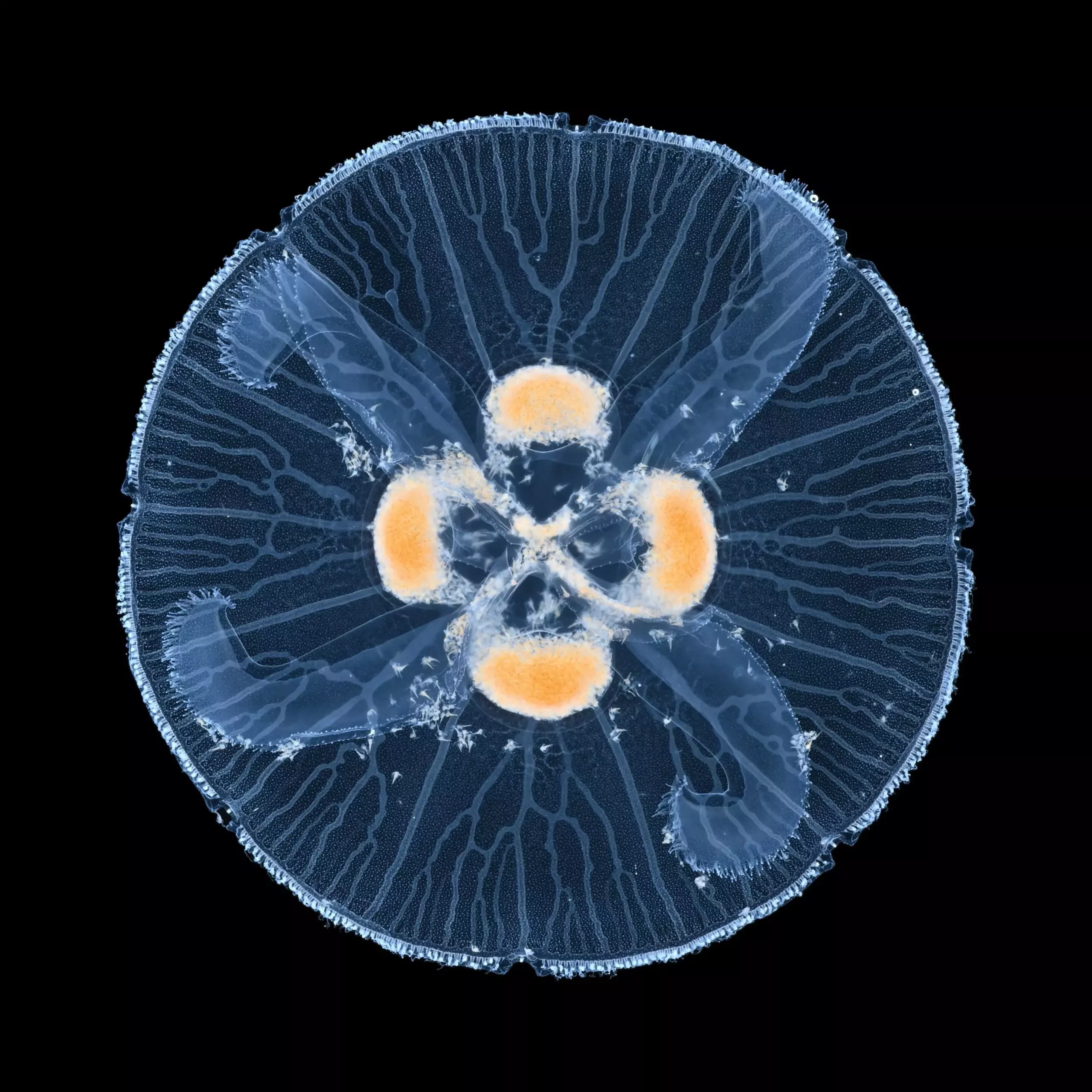Transport networks are integral components of various biological and physical systems, serving as lifelines that facilitate the movement of essential substances. From the intricate blood vessel systems in advanced organisms to the electrical discharges that illuminate the night sky, these networks display remarkable diversity in structure and function. Recent research has illuminated a critical aspect of these systems—loop formations, which play a vital role in ensuring the stability and resilience of natural networks.
An extensive study conducted by an international team of researchers has unveiled insights into how loops emerge within transport networks found in nature. This phenomenon doesn’t merely span a narrow range of biological or physical systems; rather, it showcases a surprising universality that permeates a variety of networks—from the complex canal systems of jellyfish to the instability seen in fluid mechanics. At the heart of this research is the understanding that loop structures significantly enhance the robustness of transport networks, reducing their vulnerability to damage.
Understanding the Dynamics of Loop Formation
A crucial element of the study is how loop formation is triggered as transport networks approach boundaries. Traditionally, network branches are characterized by repulsive properties, particularly when independent branches exist. Yet, when one branch reaches the system’s edge, the dynamics transform dramatically. The observations reveal that previously repelling branches begin to attract one another, leading to the unexpected formation of loops. This shift in behavior emphasizes the importance of spatial relationships within the network and raises critical questions about the underlying mechanisms driving these interactions.
Lead author Stanislaw Żukowski from the University of Warsaw sheds light on this interplay, explaining that the morphology of these networks can vary widely—showing tree-like or looping geometries depending on their environmental conditions and growth behaviors. The presence of loops allows for alternative pathways in the network, which is crucial for maintaining functionality when segments become obstructed or damaged. The discovery of these networks’ resilience hints at nature’s knack for optimization through evolutionary processes.
Significantly, researchers have been probing the mechanisms that enable loops to maintain structure. Despite earlier findings that illuminated the stability of pre-existing loops, the process through which they develop was largely unexplored until recent investigations brought fresh clarity. An earlier endeavor by a team led by Prof. Piotr Szymczak demonstrated that minimal differences in resistance within networks could incite attraction between branches, leading to looping structures.
This observation catalyzed collaborative efforts, culminating in a project that bridged disciplines and institutions. The convergence of expertise in studying network morphogenesis in jellyfish highlights a unique intersection between biological inquiry and physical modeling. Case studies, such as the fascinating canal system of the jellyfish Aurelia aurita, offered insights into practical manifestations of these theoretical principles. The attraction leading to loop formation becomes evident as the channels connect with the jellyfish’s stomach, serving a dual purpose as nutrient transporters and a waste removal system.
The implications of this research extend beyond biological contexts to encompass various systems, including electrical discharge phenomena and fluid dynamics. The researchers emphasized that they found loop formation dynamics echoed in multiple environments, lending credence to the hypothesis that simple physical principles govern these processes. They developed a comprehensive model that delineates how branches interact and change characteristics when approaching system boundaries.
Something remarkable emerges from the development of this model: it can predict the formation of loops irrespective of varying geometries and resistance differences. This new understanding signifies that looping is not an anomaly but a fundamental aspect of transport networks responding to environmental stimuli. The model opens pathways for further exploration into how other systems may exhibit similar looping behaviors under conditions of network growth near boundaries.
As researchers continue to explore these dynamics, the anticipation of discovering loop formation in additional contexts remains high. Understanding the nature of these interactions can drastically enhance our knowledge of both natural and engineered systems, guiding future studies to target specific growth mechanisms that have yet to be fully delineated.
The synthesis of empirical evidence and theoretical modeling reveals a deeper understanding of transport networks’ resilience. As we decipher the physical principles that underpin loop formation, we also gain insight into the intricate balance of life systems and their ability to adapt. Future inquiries promise to unveil further dimensions of this phenomenon, showcasing not only the brilliance of natural designs but also the potential for innovations in artificial systems based on these principles.


Leave a Reply